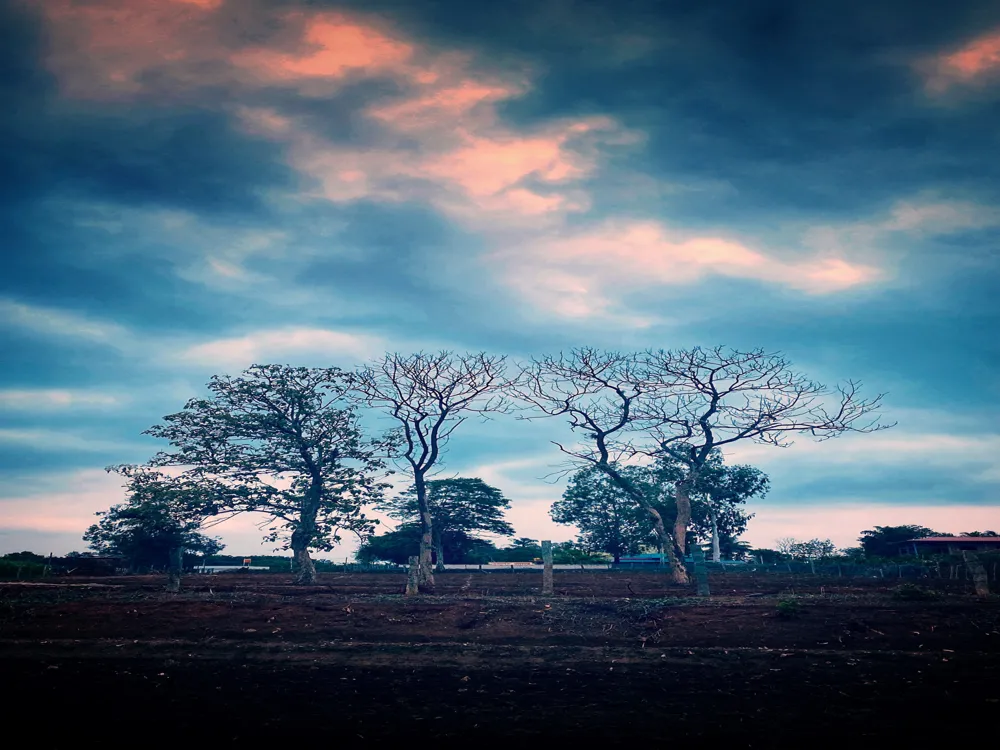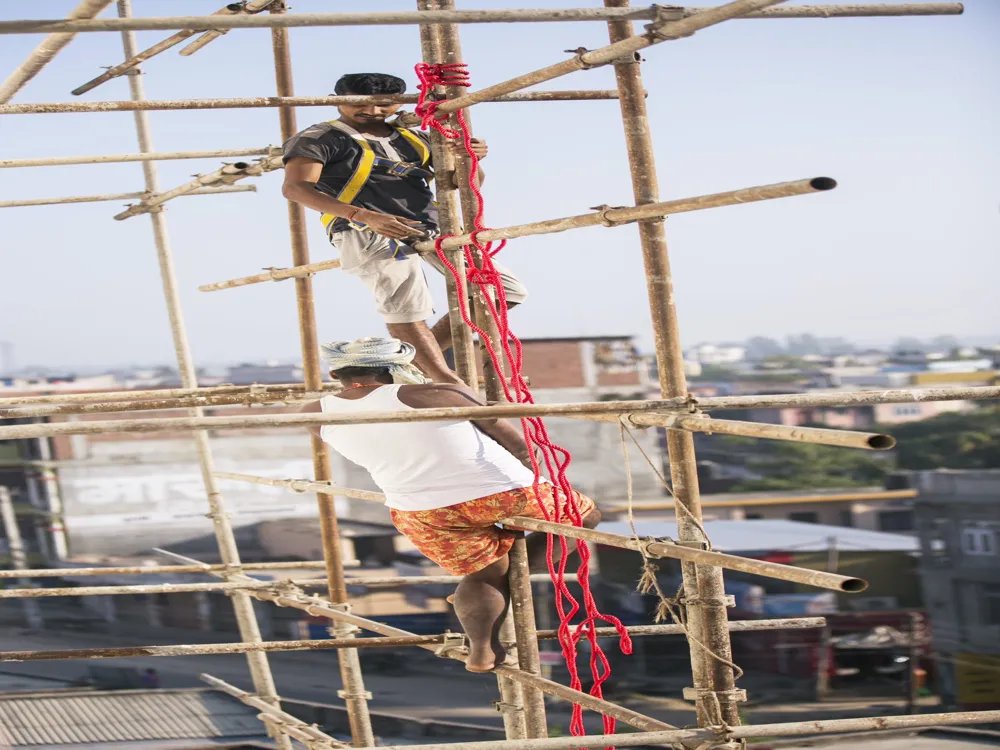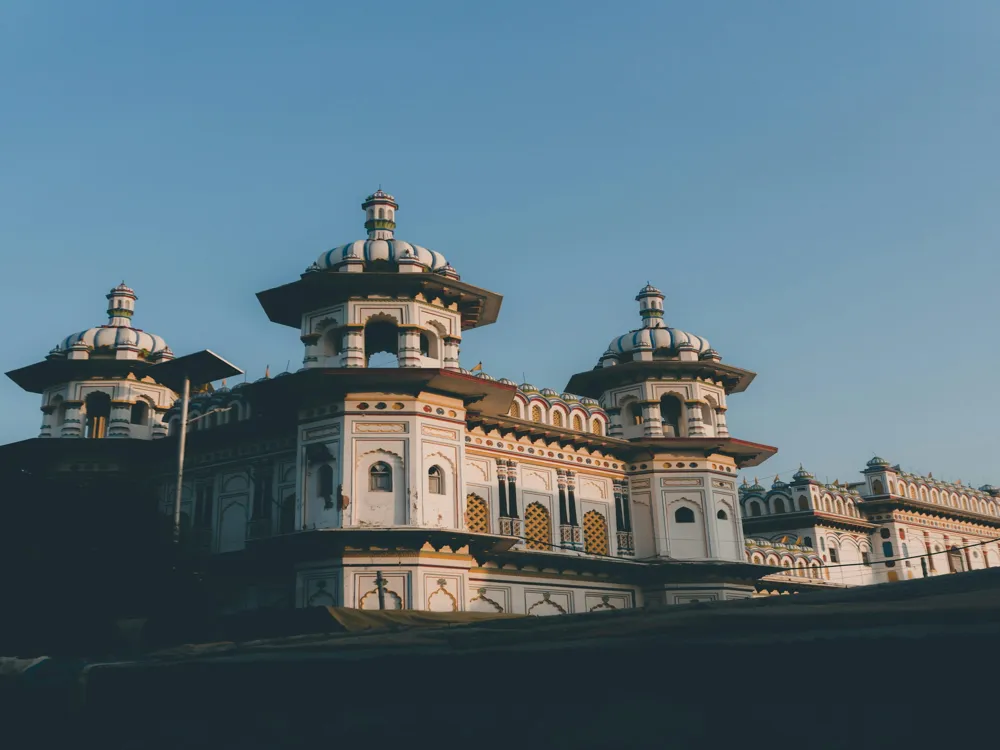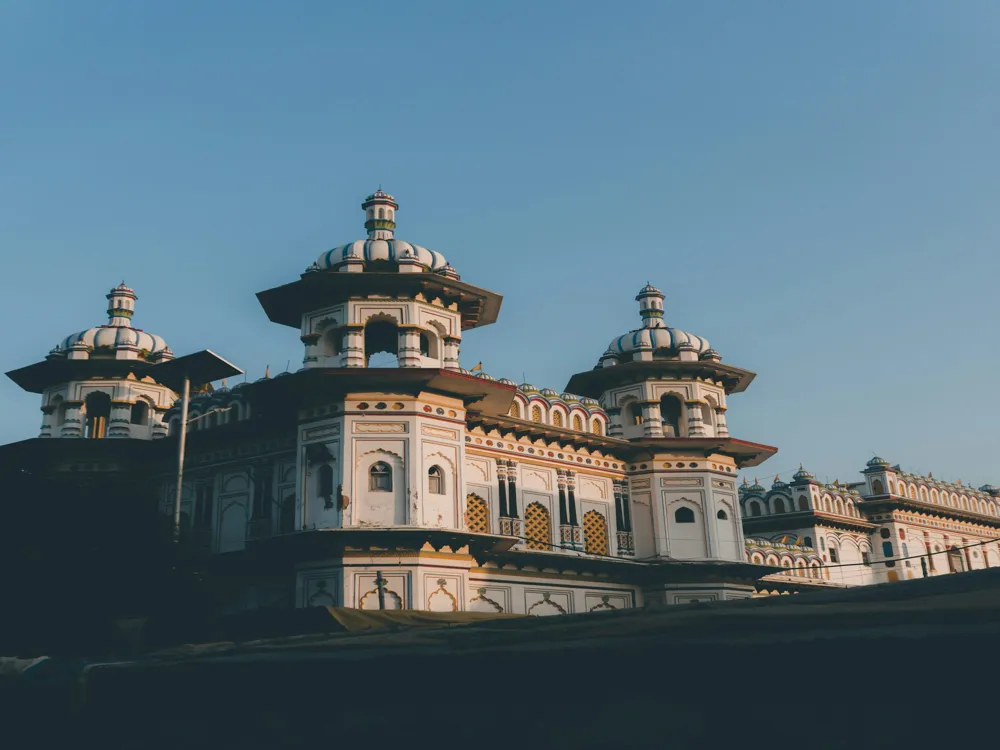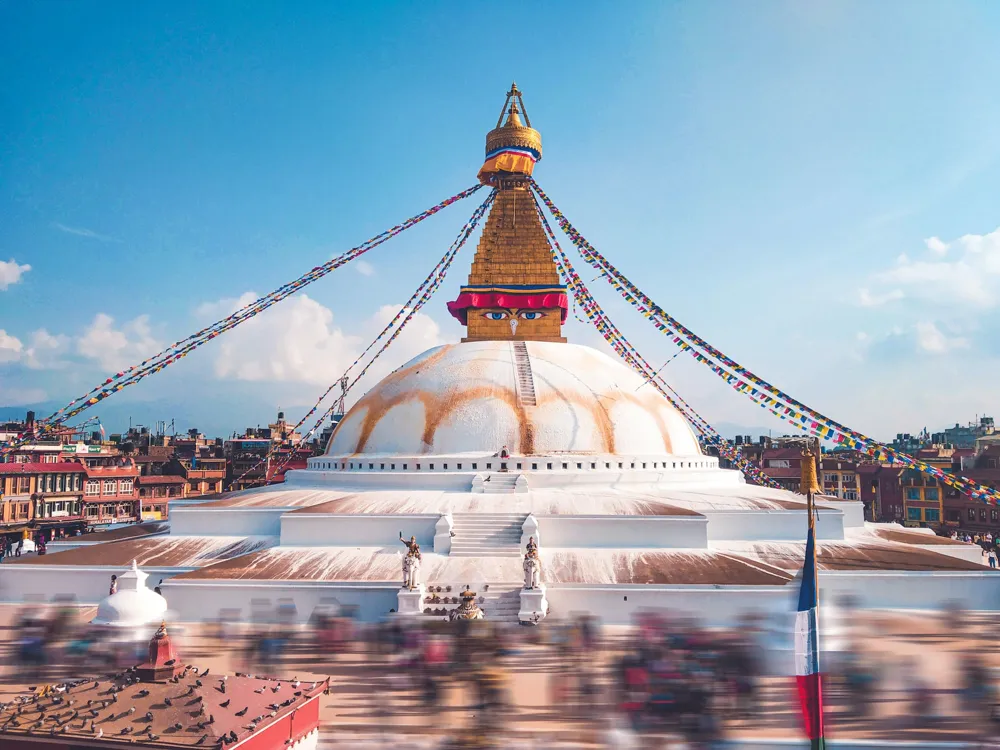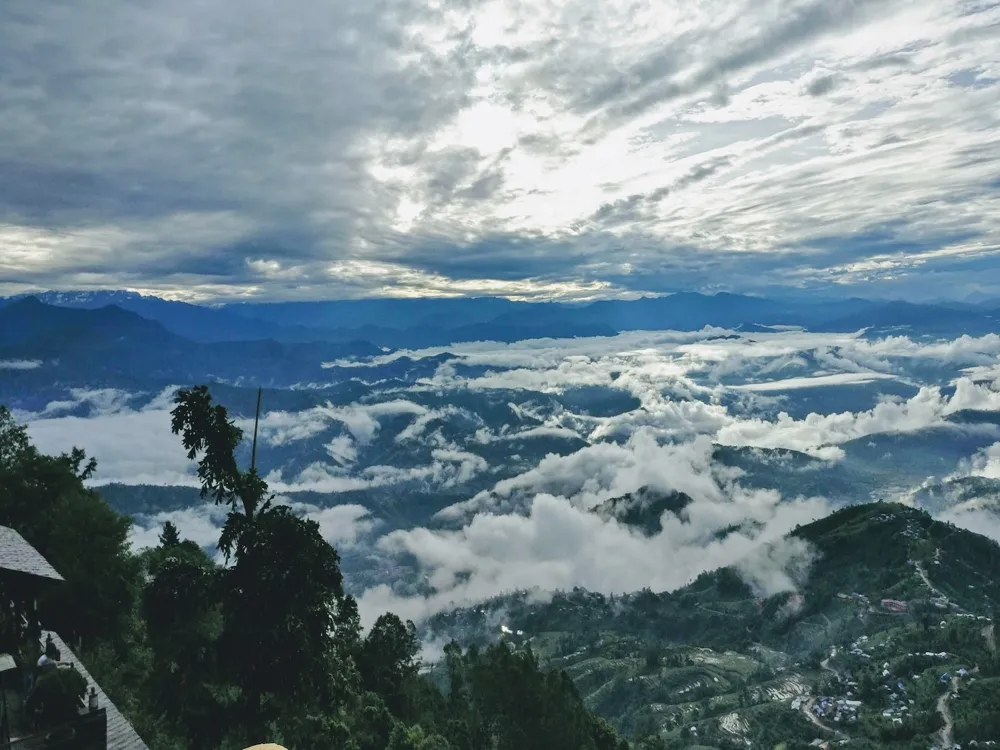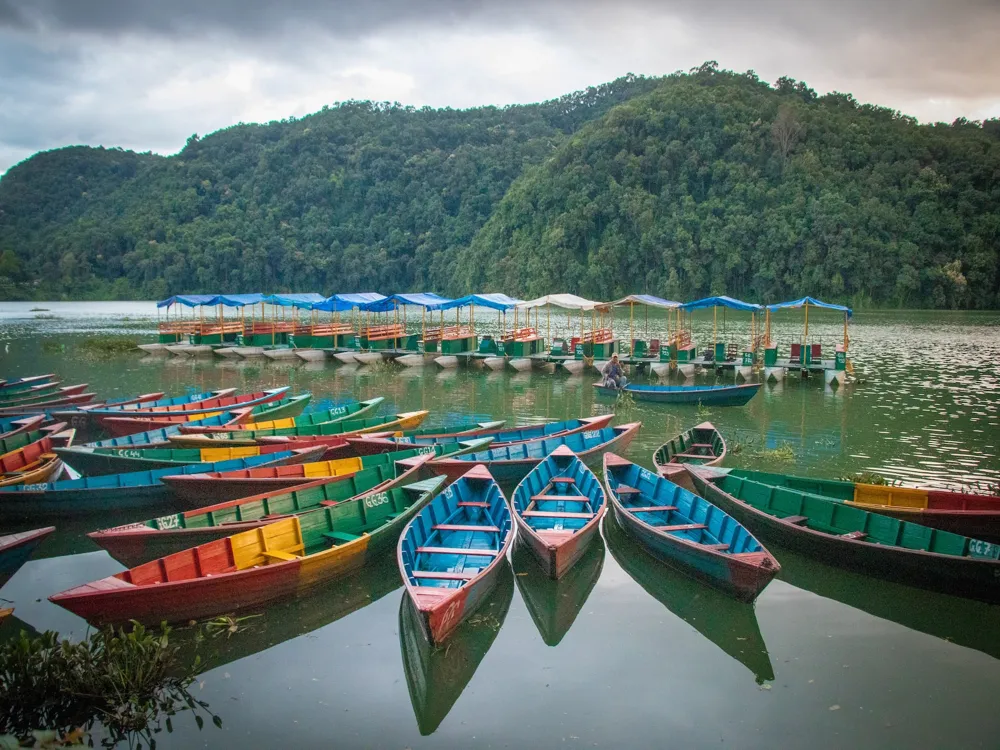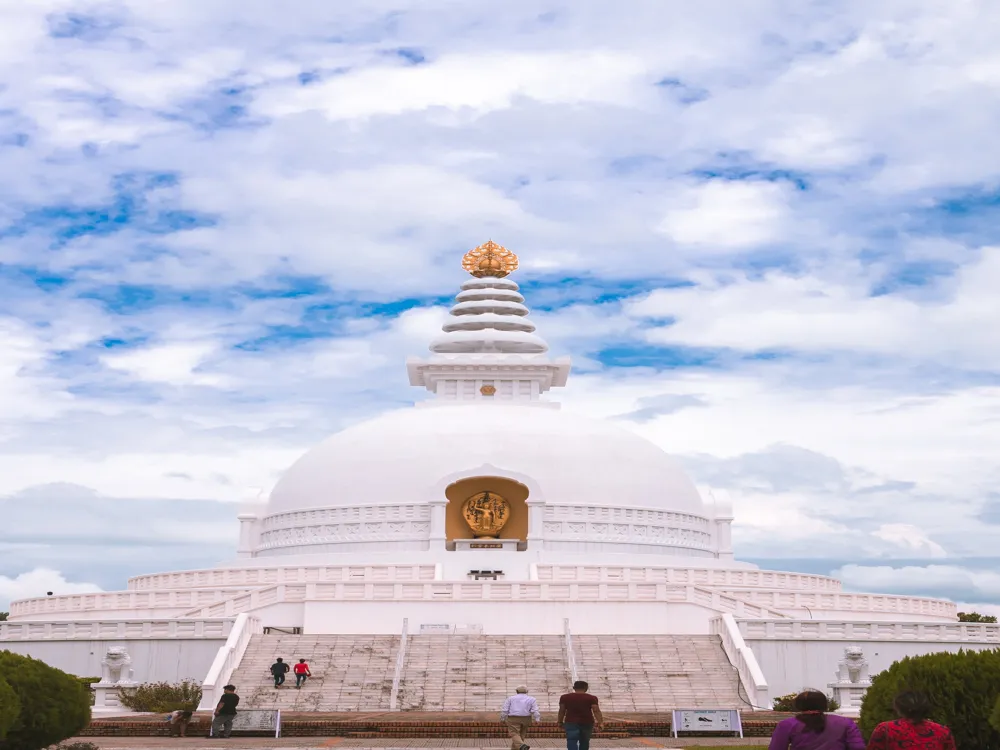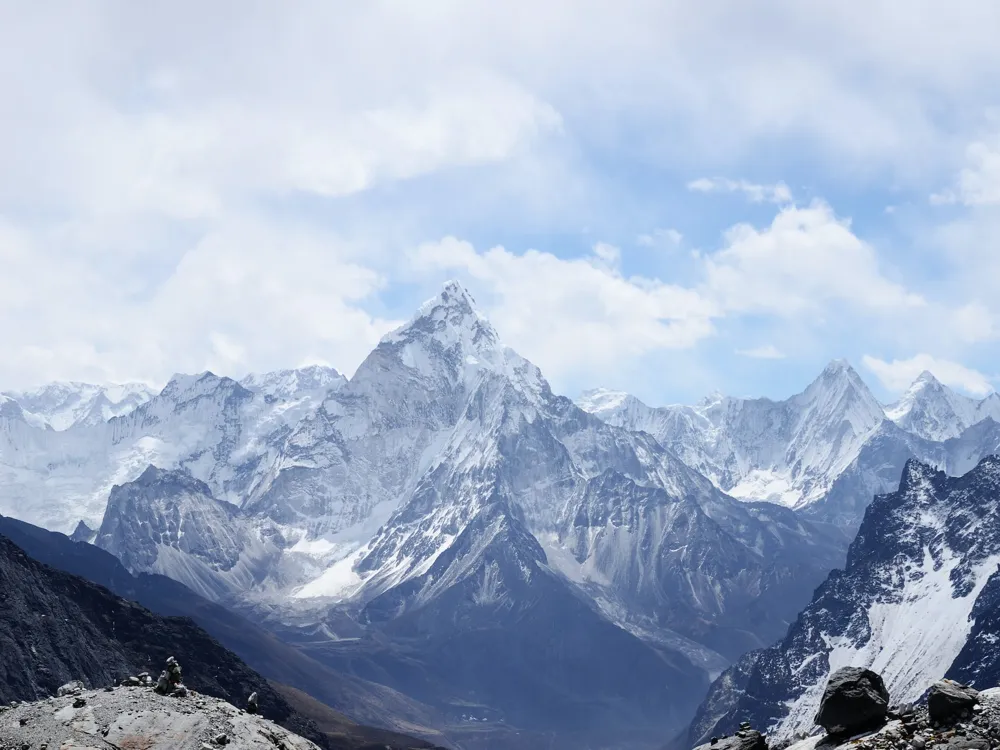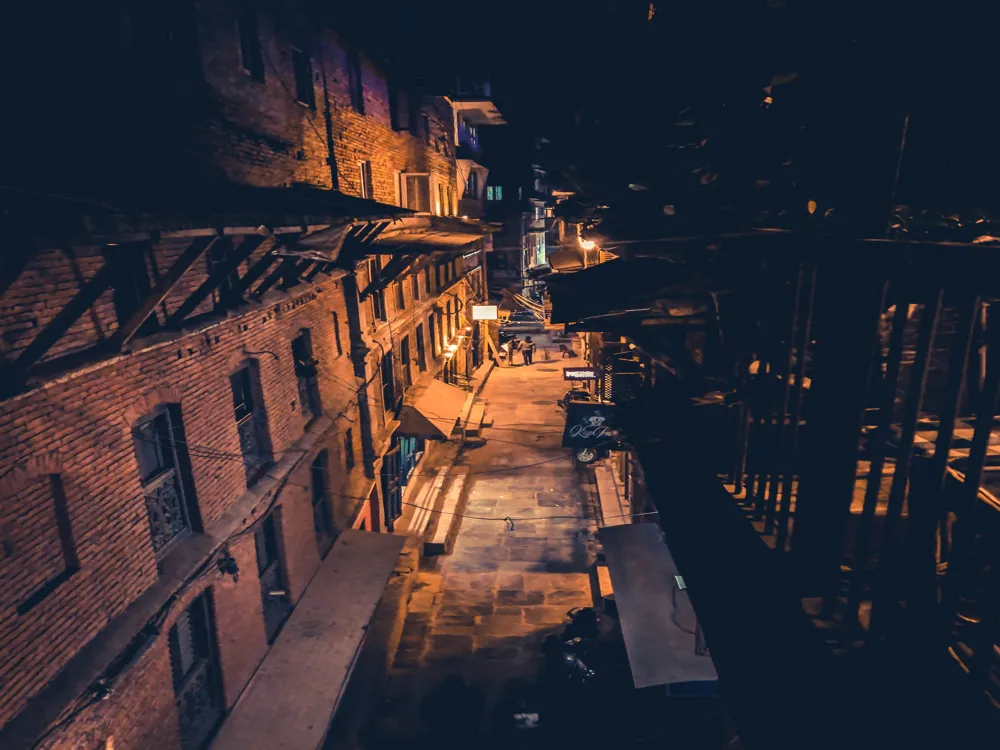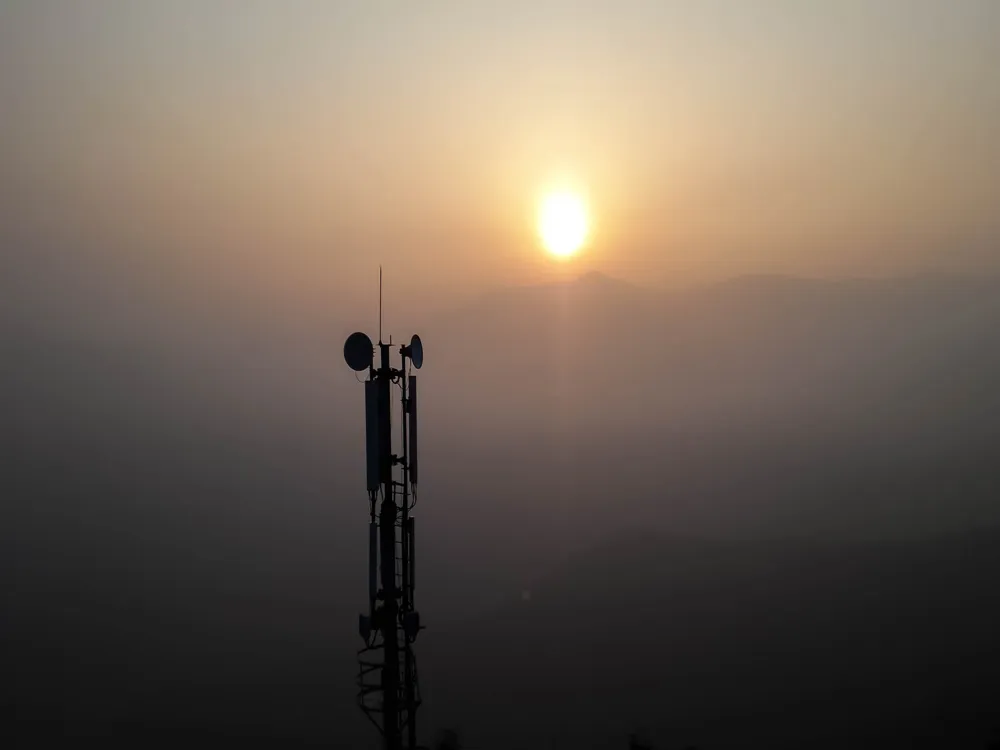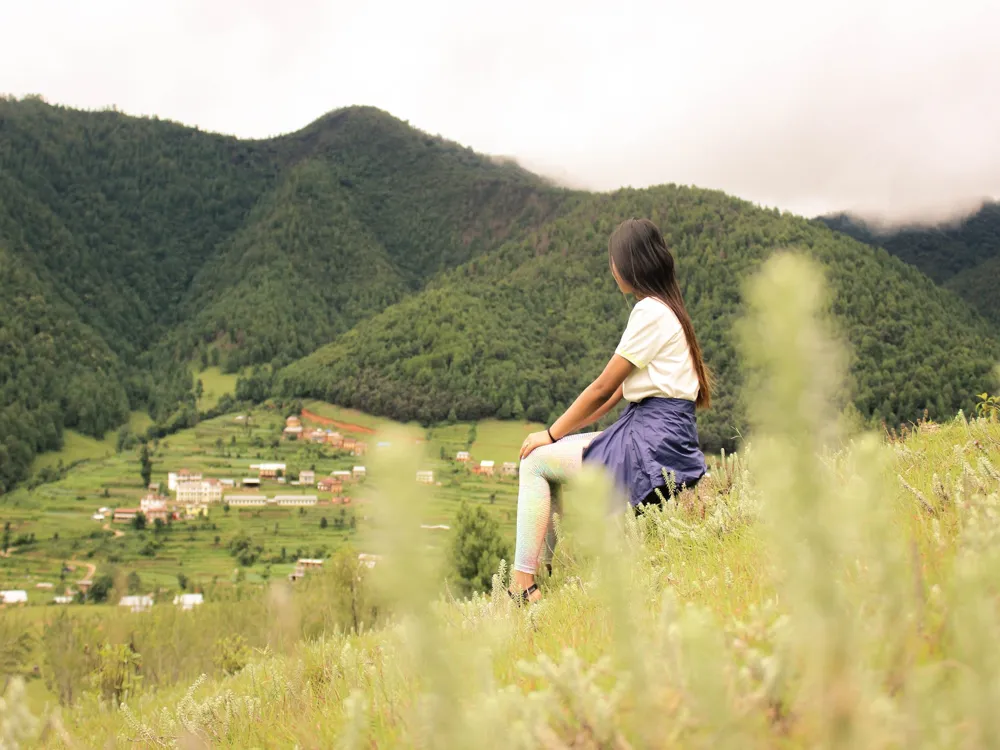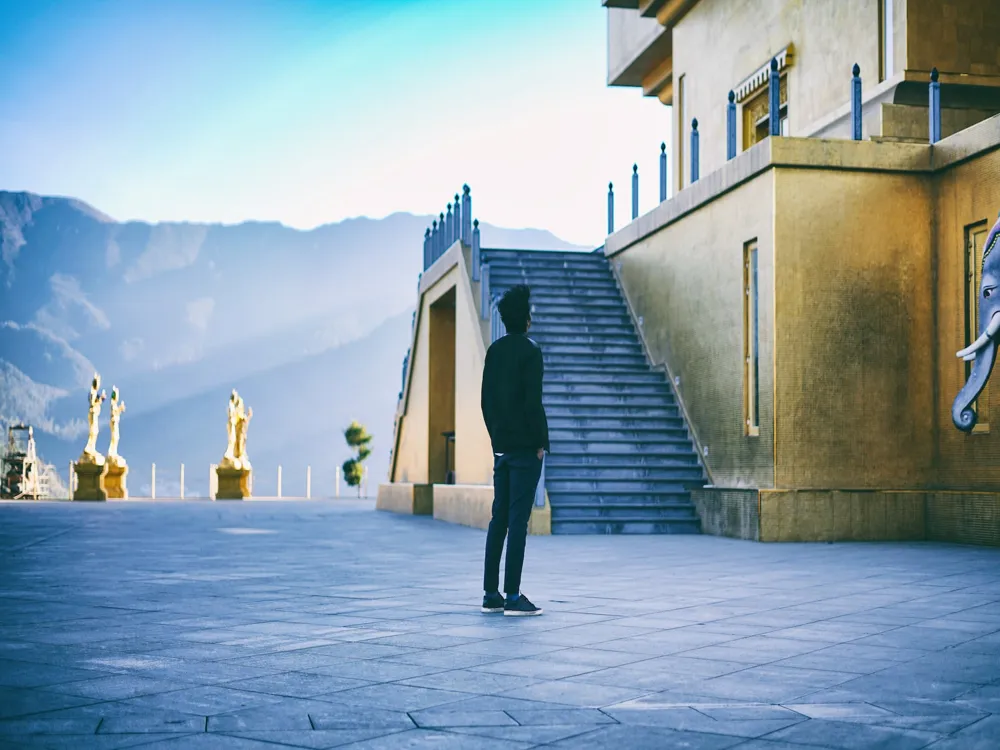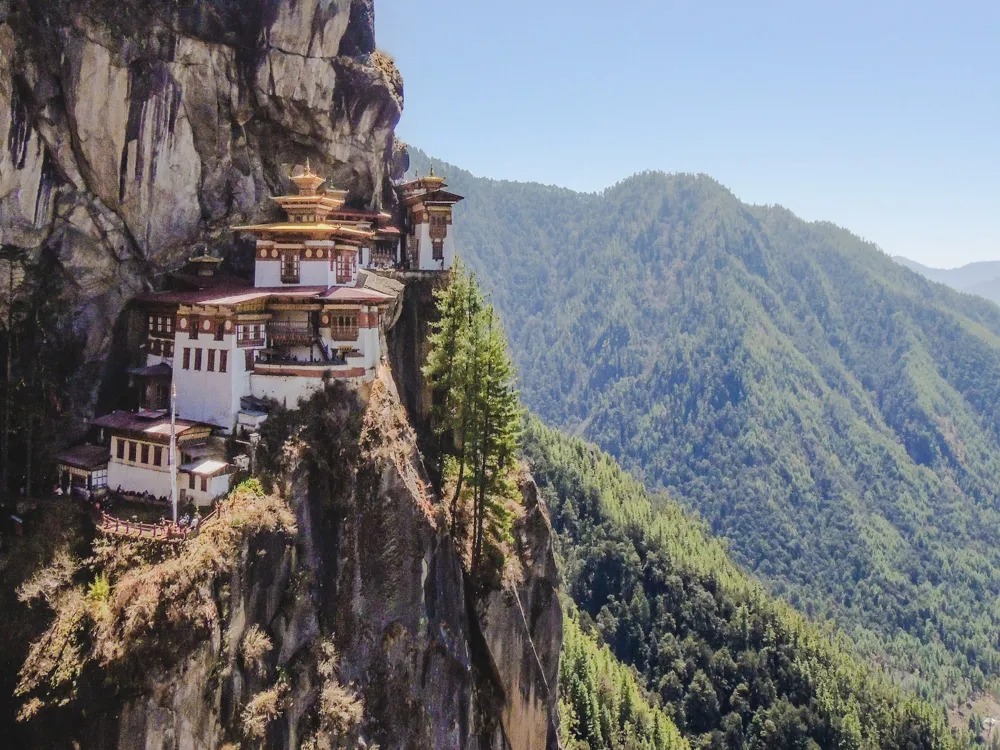The Ram Sita Vivah Mandap in Janakpur is a historical and cultural landmark steeped in the rich tapestry of Hindu mythology. Located in the heart of Janakpur, Nepal, this site is revered as the place where the legendary wedding of Lord Ram and Goddess Sita took place, as depicted in the ancient Indian epic, the Ramayana. The Vivah Mandap is not only a significant religious destination for millions of Hindu devotees but also a place of great historical and architectural interest. The story of Ram and Sita's wedding is one of the central narratives in the Ramayana. According to the epic, Janakpur was the kingdom of King Janak, Sita's father. The site of the Vivah Mandap is believed to be the exact location where Lord Ram broke the divine bow to win Sita's hand in marriage, a momentous event in Hindu mythology. This historic significance has made the Ram Sita Vivah Mandap a revered pilgrimage site, attracting visitors from all over the world. The architecture of the Ram Sita Vivah Mandap in Janakpur is a splendid example of ancient Nepalese temple design, reflecting the rich cultural and religious heritage of the region. The structure is characterized by its intricate wood carvings, ornate sculptures, and traditional Nepali architectural elements. The Mandap is a harmonious blend of both Hindu and Mithila architectural styles, making it a unique and fascinating site for historians and architects alike. As visitors approach the Vivah Mandap, they are greeted by a magnificent gateway, adorned with detailed carvings depicting scenes from the Ramayana. The main temple, built in the classic tiered pagoda style, stands majestically at the center of the complex. Its multiple roofs, each smaller than the one below, are intricately decorated with gold and silver work, adding to the temple's grandeur. The ideal time to visit the Ram Sita Vivah Mandap is during the cooler months from October to March. During this period, the weather is pleasant, making it comfortable for exploration and participation in outdoor rituals. Visitors are advised to dress modestly out of respect for the religious nature of the site. Conservative attire is recommended, and shoes should be removed before entering the temple premises. It's also important to maintain a respectful demeanor and follow any posted guidelines. While photography may be allowed in some areas, it is restricted in others, especially inside the temple. Always look for signage or ask for permission before taking photographs to respect the sanctity of the site. Reaching Ram Sita Vivah Mandap in Janakpur is fairly straightforward. The city of Janakpur is well-connected by road and rail to major cities in Nepal and India. Visitors can choose to travel by bus, car, or train. The nearest airport, Janakpur Airport, offers regular flights from Kathmandu, making air travel a convenient option for domestic and international tourists. For those traveling by road, several bus services run from Kathmandu and other major cities to Janakpur. The journey offers scenic views of the Nepalese countryside and is an experience in itself. Alternatively, visitors can opt for a private car or taxi for a more comfortable journey. For those preferring train travel, Janakpur has its railway station, which is connected to various parts of Nepal and the bordering regions of India. Read More: Overview of Ram Sita Vivah Mandap of Janakpur
The architecture of Ram Sita Vivah Mandap
Tips When Visiting Ram Sita Vivah Mandap
Best Time to Visit
Dress Code and Conduct
Photography Guidelines
How To Reach Ram Sita Vivah Mandap
Ram Sita Vivah Mandap
Janakpur
NaN onwards
View janakpur Packages
Weather :
Tags : Culture
Timings : 6:00 AM - 7:00 PM
Entry Fee : No entry fee
Planning a Trip? Ask Your Question
Janakpur Travel Packages
View All Packages For Janakpur
Top Hotel Collections for Janakpur

Private Pool

Luxury Hotels

5-Star Hotels

Pet Friendly
Top Hotels Near Janakpur
Other Top Ranking Places In Janakpur
View All Places To Visit In janakpur
View janakpur Packages
Weather :
Tags : Culture
Timings : 6:00 AM - 7:00 PM
Entry Fee : No entry fee
Planning a Trip? Ask Your Question
Janakpur Travel Packages
View All Packages For Janakpur
Top Hotel Collections for Janakpur

Private Pool

Luxury Hotels

5-Star Hotels

Pet Friendly







